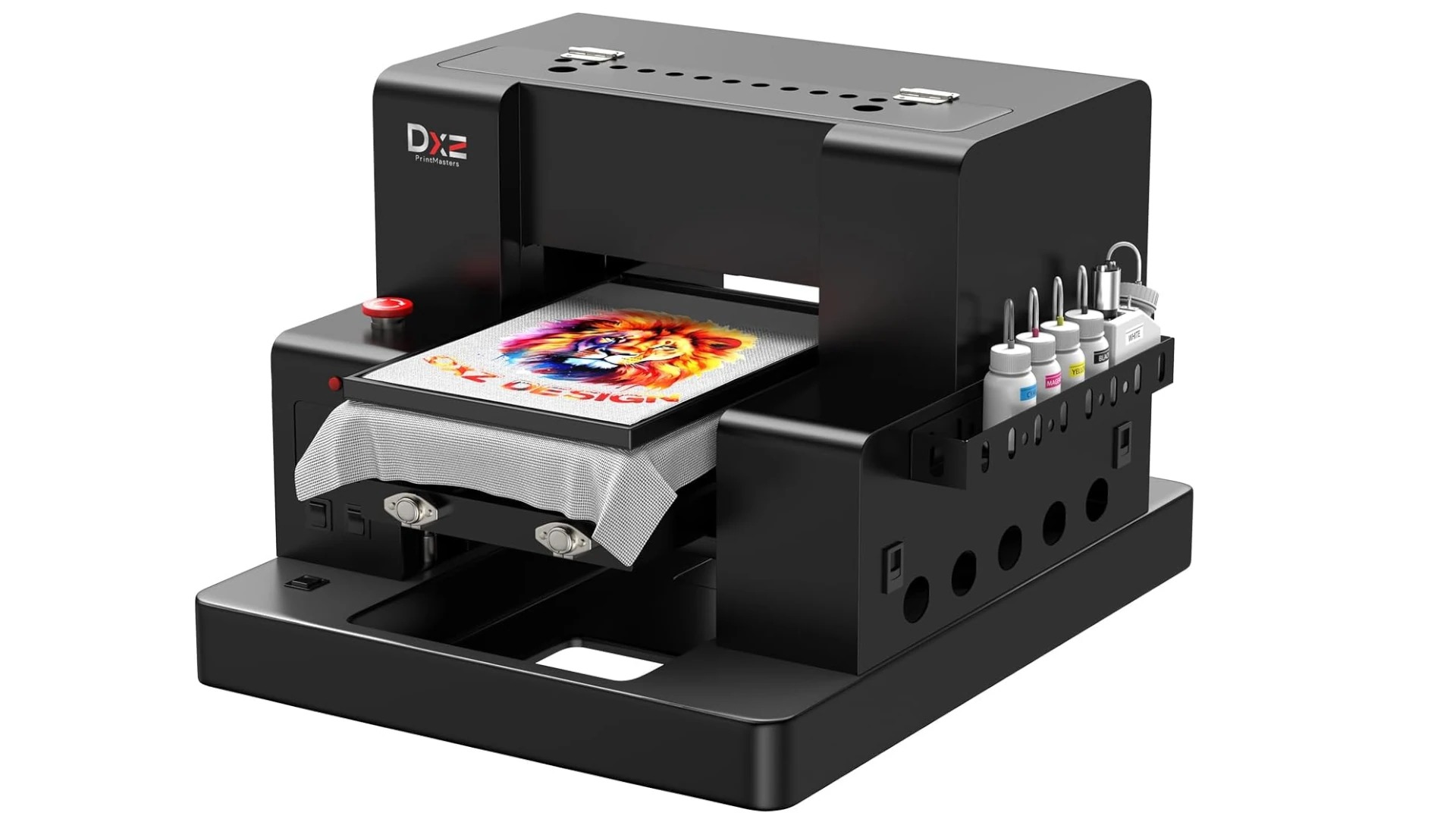In recent years, the custom printing industry has undergone a dramatic transformation, and at the heart of this change is the dtf printing—short for Direct-to-Film printer. This innovative technology has quickly become a go-to solution for businesses and individuals looking to produce high-quality, vibrant prints on a wide variety of fabrics. Whether you’re a small business owner in the custom t-shirt game or a large-scale manufacturer, understanding DTF printing is essential to staying ahead of the curve.
What is a DTF Printer?
A DTF printer is a specialized printing machine that prints designs onto a special film, which is then transferred onto textiles using heat and pressure. Unlike traditional Direct-to-Garment (DTG) printers, which print directly onto fabric, DTF printers use a two-step process involving:
-
Printing the design onto PET film using a special water-based ink.
-
Applying a hot-melt adhesive powder to the printed film, which is then cured.
-
Transferring the design to the garment using a heat press.
This process enables DTF printers to create highly detailed, durable prints with excellent color vibrancy and stretch resistance.
Key Benefits of DTF Printing
-
Versatility: DTF printing works on cotton, polyester, nylon, leather, blends, and more—making it one of the most versatile printing options available.
-
No Pre-Treatment Needed: Unlike DTG, DTF doesn’t require garments to be pre-treated, saving time and labor.
-
Durability: Prints produced with DTF technology are highly durable and resistant to washing, cracking, and fading.
-
Cost-Effective: Particularly for short runs and small batches, DTF printing can be more economical than screen printing or DTG.
-
Vibrant Colors: DTF inks produce bold, vivid designs, making them ideal for detailed logos, illustrations, and artwork.
Applications of DTF Printing
-
Custom Apparel: T-shirts, hoodies, and sportswear benefit greatly from DTF printing thanks to its ability to adhere to different fabrics.
-
Merchandise: Hats, bags, and other promotional items.
-
Uniforms and Workwear: Ideal for durable branding on work garments.
-
Fashion Design: Enables fast prototyping and small-batch fashion collections.
DTF vs. Other Printing Methods
| Feature | DTF Printing | DTG Printing | Screen Printing |
|---|---|---|---|
| Fabric Versatility | High | Limited (mainly cotton) | Moderate |
| Setup Cost | Moderate | High | High (for small runs) |
| Print Durability | High | Medium | High |
| Color Vibrancy | Very High | High | Moderate |
| Ease of Use | Medium | Medium | Complex |
Getting Started with DTF Printing
To begin with DTF printing, you’ll need:
-
A DTF printer and compatible RIP software
-
PET transfer film
-
DTF ink and adhesive powder
-
A curing oven or heat press
Many manufacturers now offer turnkey DTF printing systems suitable for both beginners and professionals.
Conclusion
DTF printing is reshaping the custom apparel industry with its flexibility, durability, and vibrant results. As demand for personalized garments continues to grow, DTF technology provides a reliable and cost-effective solution for businesses of all sizes. Whether you’re just starting or looking to expand your printing capabilities, a DTF printer is a powerful tool worth considering.
